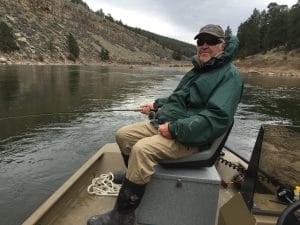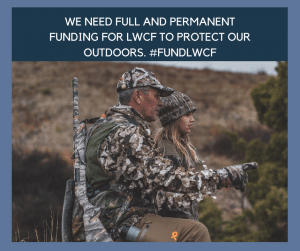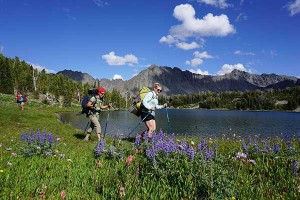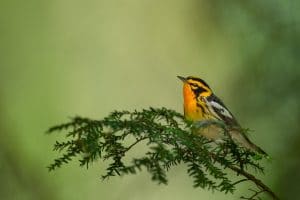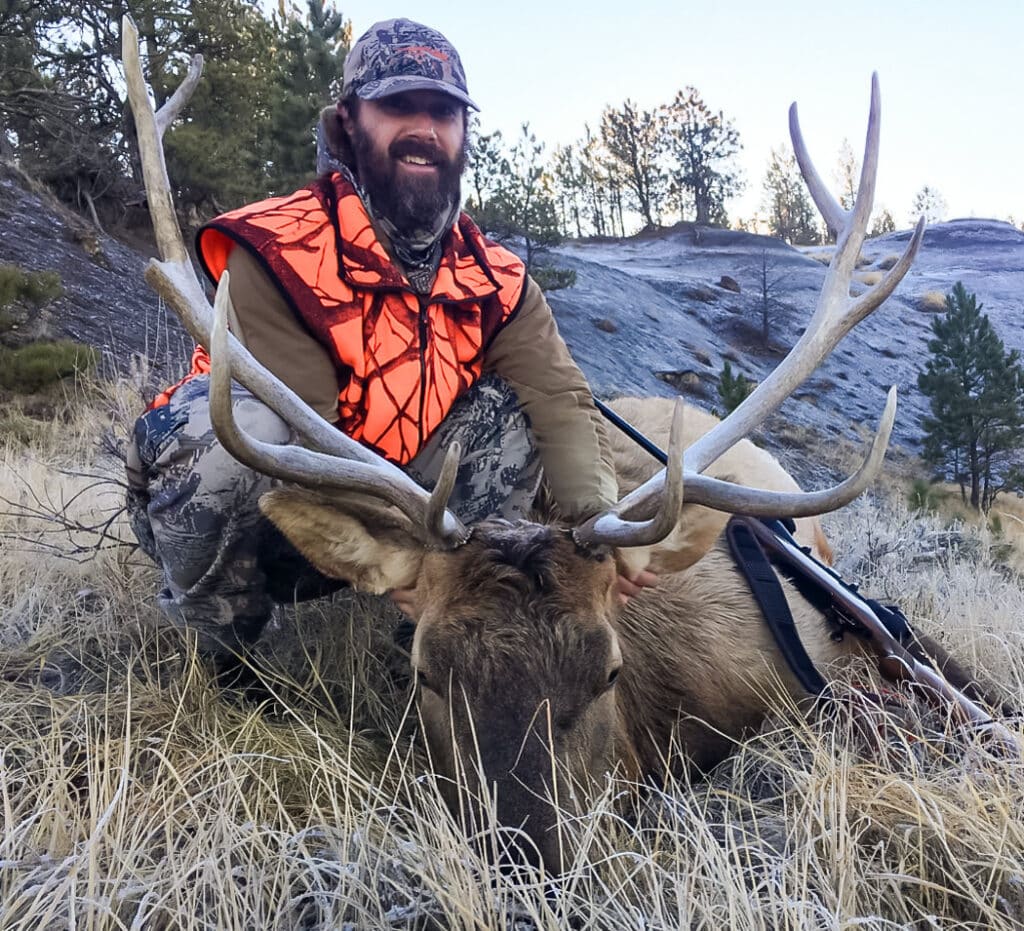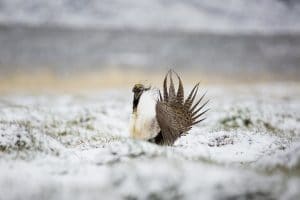
Over the last few years, Interior Secretary David Bernhardt and his political allies have been working to halt on-the-ground efforts to protect habitat for the greater sage-grouse. To that end, the Senate version of the Fiscal Year 2020 Interior, Environment, and Related Agencies Appropriations Act (H.R. 3052/H.R. 3055/S. 2580) aims to limit conservation actions that protect the sage-grouse. The House-passed bill includes no provision
Specifically, the language in the Senate-passed 2020 appropriations bill states “None of the funds made available by this or any other Act may be used by the Secretary of the Interior to write or issue pursuant to section 4 of the Endangered Species Act of 1973”. This simple “rider” tucked on page 65 of the bill prohibits the Interior Department from moving forward on listing determination for the species under the Endangered Species Act – thereby kicking the legs out from any efforts to prevent the species from actually becoming endangered.
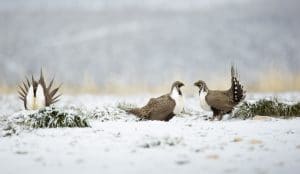
In response to this unnecessary and malicious rider, the Montana Wildlife Federation joined our partner organizations in Idaho, Wyoming, South Dakota, North Dakota, Colorado, Nevada, and Washington to call on Congress to drop the political games and focus on full implementation of the 2015 sage-grouse conservation plans instead of working to stop further protections for the bird. The 2015 plans were successfully made with cooperation among stakeholders from opposite ends of the table and should be brought back in full force.
The population of the greater sage-grouse is declining and its habitat – which also supports hundreds of other species – is in rough shape as well. With detrimental impacts from oil and gas development, fire, and climate change we need to do everything we can to help protect the bird and its habitat. MWF and our partners across the West will keep speaking up to do just that.
Take a look at the submitted letter and see what organizations signed on!
